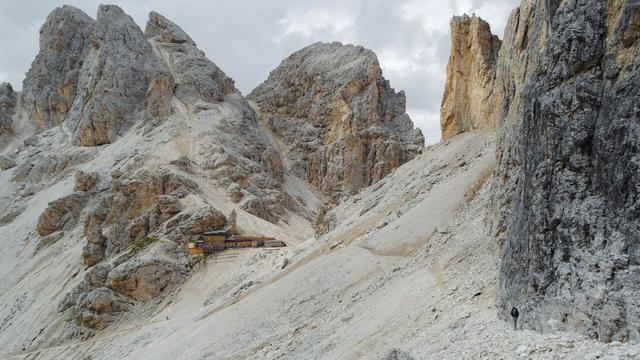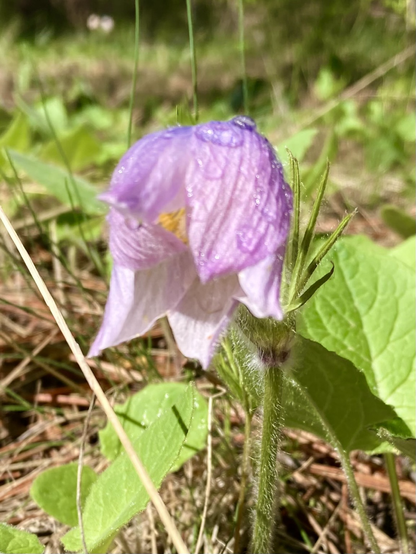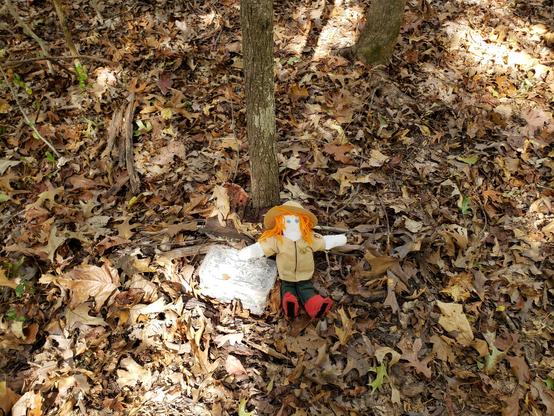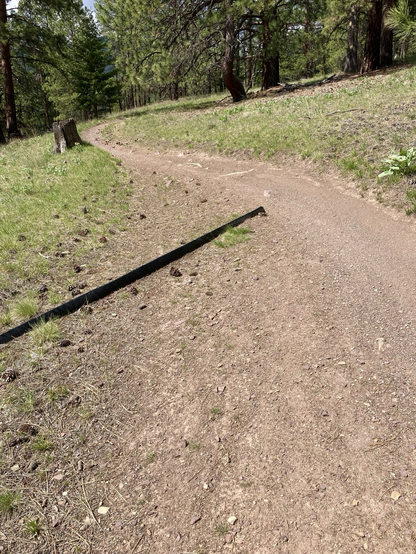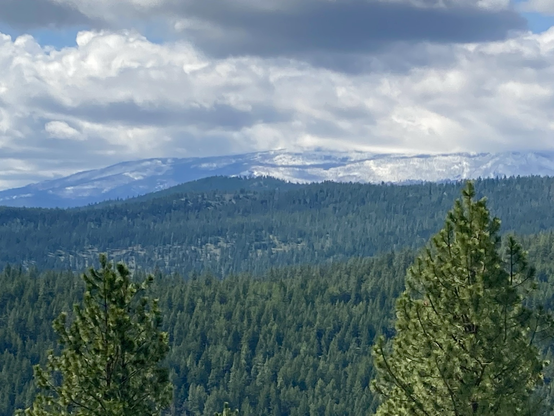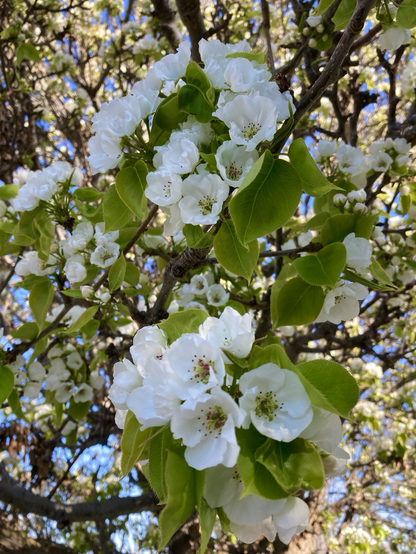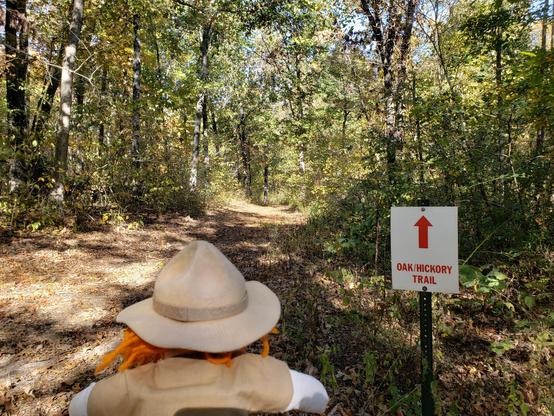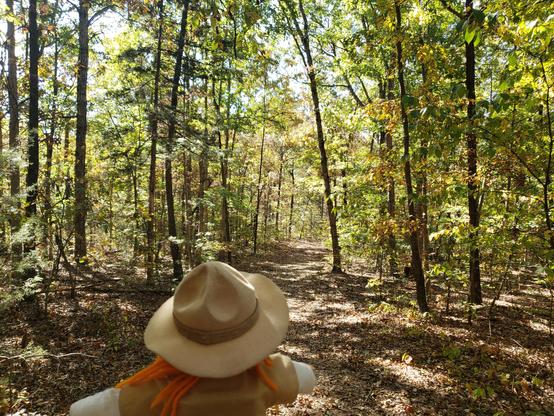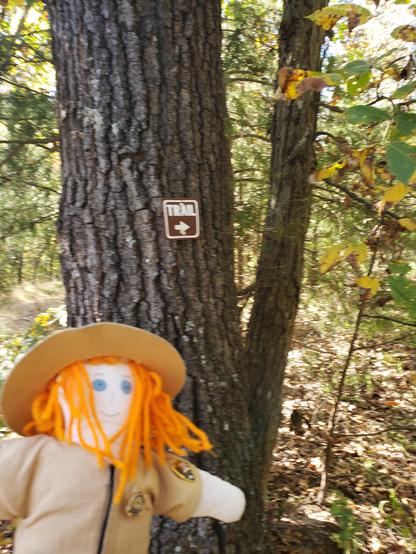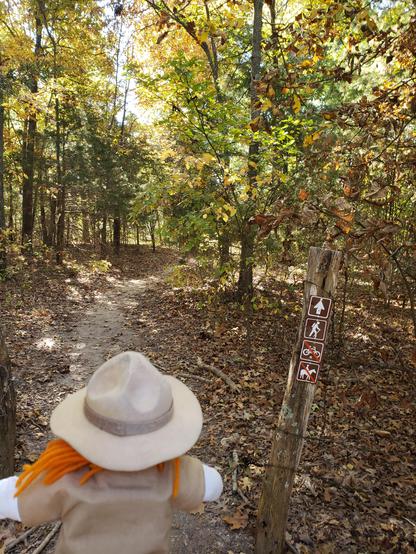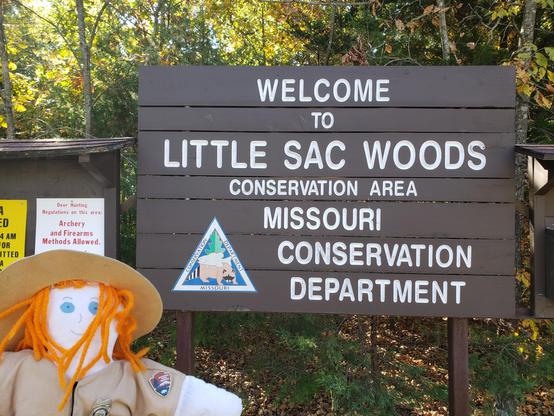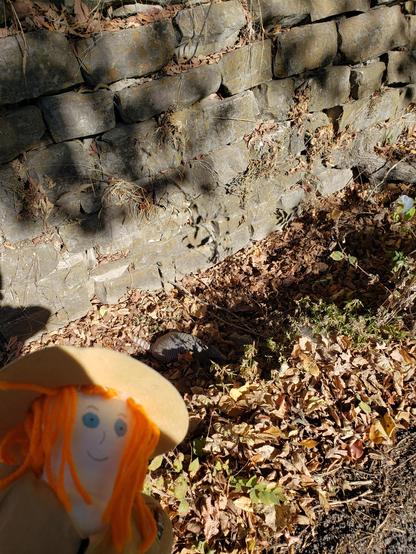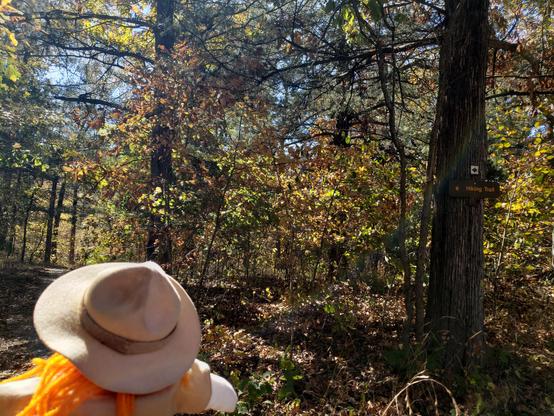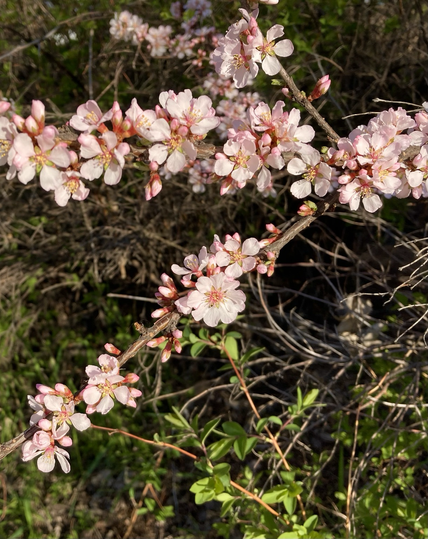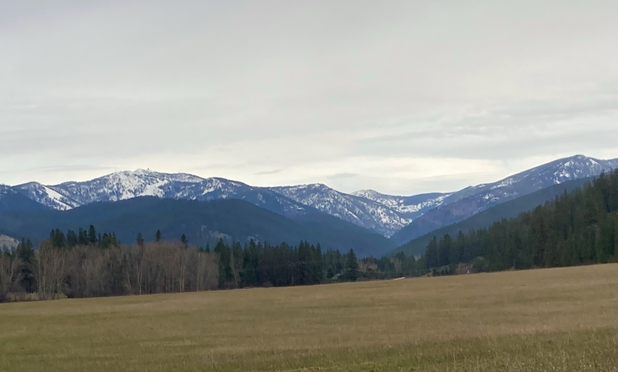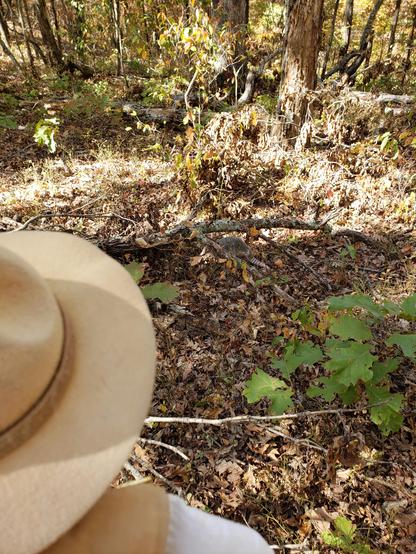#LandscapePhotography #HikingAdventures #Mountains #Italy #MountainHut #Dolomites #RefugioPassoPrincipe #PazzoDiFasso #Bolzano
Recent searches
Search options
#hikingadventures
#LandscapePhotography #HikingAdventures #Mountains #Italy #MountainHut #Dolomites #RefugioPassoPrincipe #PazzoDiFasso #Bolzano
#Today 30
Good day!
And so it ends…
The month, that is.
I’ll complete the last of the Book3 read-thru today after my walk, & after editing my blog post.
Then, I’ll quickly catch up on neglected tasks before returning to Book2, which I’ll stay with to publication.
Be everwell.
Ranger Sarah found a Geocache along the Thong Tree Trail in the Little Sac Woods Conservation Area.
— at Little Sac Woods Conservation Area.
This is the story of the erosion battle in the Rockies. To fight it, the forest service places barriers to channel rainwater.
Then, mountain bikers go around it, creating a new trail and, eventually, a new channel. There are trail channels the bikes have cut that are absurdly deep.
To be fair, I’ve seen lazy hikers go around it, too, rather than step over it.
#Today 29
Good day!
Yesterday, I went exploring. Literally. At each juncture, I took the trail least traveled. What an amazing experience!
About 50F/10C, slight breeze, sunny. I topped a ridge & witnessed a snowstorm on Lolo Peak.
Spring has sprung & it was a great day!
Be everwell.
#Today 28
Good day!
I went on a poetry binge yesterday. Who knows where that comes from…
The read-thru of Book3 is flying along. I’m about 75% of the way through one of two threads. This thread is about 52% of the book.
I may hike today. The weather is dicey, but I should soon know.
Be everwell.
Ranger Sarah has found a Osage orange, also known as Maclura pomifera or bois d'arc, is a medium-sized, spiny deciduous tree native to parts of Arkansas, Texas, and Oklahoma, but it's been widely planted and naturalized in Missouri,
— at Little Sac Woods Conservation Area.
Ranger Sarah hikes down the Oak/Hickory Trail. Approximately 90 percent of Little Sac Woods Conservation Area is forested.
— at Little Sac Woods Conservation Area.
#Today 26
Good day!
ONE chapter remains in Book3 to edit, one with high emotions.
I’ll then take a couple of days to read through the two threads looking for major continuity issues.
My priority, though, will be a hike. I’ve abused my body to finish this month. It’s time to recharge on the trail.
Be everwell.
Communication with #cats while wandering through the woods.
Up-to-date Information by #LilliAdventure Thread 1/3 bis 3/3
https://norden.social/@cloudless_sky/114385548352184296
Same spot #wildlife watching
https://norden.social/@cloudless_sky/113760054391223523
And the #hiking trail from a human perspective
https://norden.social/@cloudless_sky/114397220288531007
Ranger Sarah is on the Oak/Hickory Trail in the Little Sac Woods Conservation Area.
— at Little Sac Woods Conservation Area, Missouri.
Ranger Sarah hikes through the forest at the Little Sac Woods Conservation Area.
— at Little Sac Woods Conservation Area, Missouri.
Ranger Sarah makes the turn on her hike.
— at Little Sac Woods Conservation Area. Missouri.
Ranger Sarah starts down the trail at Little Sac Woods.
— at Little Sac Woods Conservation Area, Missouri.
Ranger Sarah Is at the Little Sac Wood Conservation Area in Missouri. She is here to hike the trails.
— at Little Sac Woods Conservation Area.
Ranger Sarah found another 9-banded Armadillo.
— at Roaring River State Park, Missouri.
Ranger Sarah hikes past another trail sign as she finishes the Fire Tower Trail.
— at Roaring River State Park, Missouri.
#Today 24
Good day!
THREE chapters remain to edit in Book3.
I had a flashback yesterday, a moment of irrational fear when I questioned if my next breath would be there.
It was.
That wasn’t always the case. Once you’ve taken a breath & there was no air, you never forget.
I’m grateful for each one.
Be everwell.
#Today 23
Good day!
FOUR chapters remain for me to edit in Book3. Yesterday’s was hampered by nearby construction that even overpowered my headphones.
I finished.
Today, more construction? I’m prepared. I’ll walk, edit my blog post, & tackle a chapter.
They won’t stop me.
Be everwell.
Ranger Sarah has found a nine-banded armadillo (Dasypus novemcinctus). They are increasingly common in Missouri, particularly in the southern and central regions of the state. Their range has been expanding north, possibly due to warmer weather and climatic changes.
— at Roaring River State Park, Missouri.


